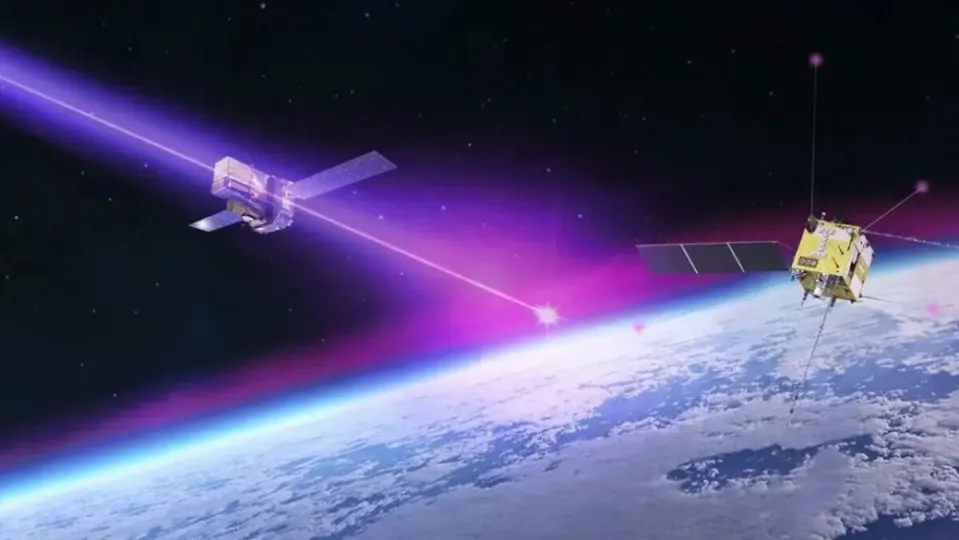Just over a year ago, an unprecedented burst of light disrupted Earth’s upper atmosphere in a way never before detected by the scientific community.
This event, now reported in the scientific journal Science, occurred on October 9, 2022, when a massive gamma-ray burst from a colossal cosmic explosion located about two billion light-years away was visible in telescopes around the world.
The burst ended up being dubbed “BOAT,” an acronym in English for “Brightest Of All Time,” and it lasted for 7 minutes. However, the flare was so powerful that amateur astronomers worldwide could see it for the next 7 hours.
But it wasn’t just a visible phenomenon; it also had a physical impact on our planet. To begin with, GRB 221009A, the scientific name given to the explosion, triggered a series of gamma-ray detectors in India and set off instruments typically used to study solar flares (bursts of energetic radiation on the Sun’s surface).
Moreover, it affected long-wave radio communications in the lower ionosphere, a section of Earth’s upper atmosphere situated between 60 and 350 kilometers above the surface, as well as the upper ionosphere.

The upper ionosphere is a section of the atmosphere situated between 350 and 950 kilometers above Earth’s surface, where solar radiation converts into charged particles forming an immense electric field. According to a team of Chinese and Italian researchers, it’s the first time a gamma-ray burst has been observed in this atmospheric layer.
Mirko Piersanti, a researcher from the Italian University of L’Aquila, stated that this research will help scientists understand the potential threat that other gamma-ray bursts could pose in the future.
In the worst-case scenario, if such a powerful burst originated from a closer source (like our own galaxy), it could “completely wipe out” Earth’s ozone layer, exposing everything on the surface to the Sun’s ultraviolet radiation and potentially leading to the extinction of life on the planet, as mentioned by Piersanti.
Obviously, this would be in the worst possible scenario with rather low probabilities, though not zero. What’s clear is that this cosmic burst demonstrates that gamma-ray bursts can indeed impact even Earth’s upper ionosphere—a fact previously unknown—which will hold significant value for the scientific community.


